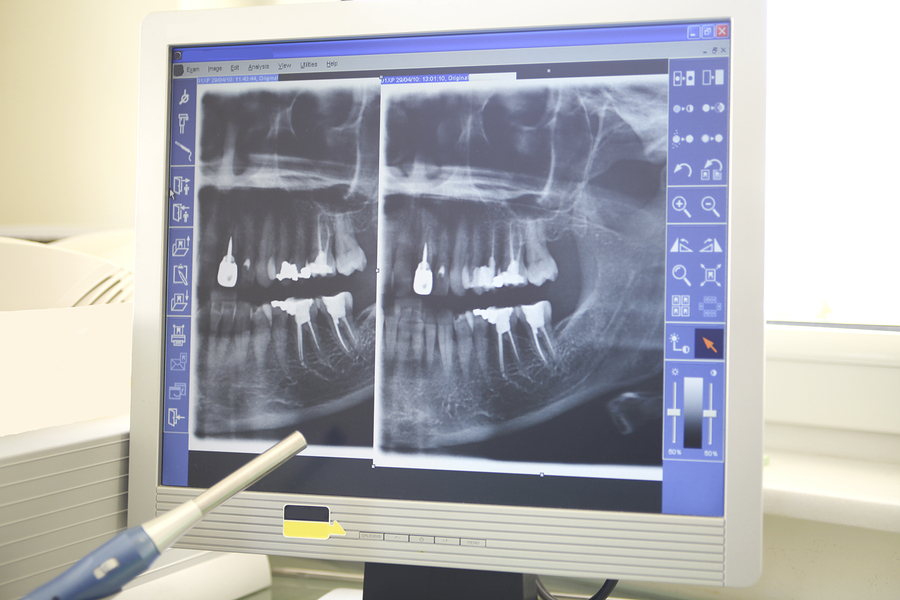A new project out of Harvard and the University of Nottingham has created a lot of buzz all over the internet in the last couple of days, and rightly so. It seems that Adam Celiz, a therapeutic biomaterials researcher from University of Nottingham, and his fellow researchers, have developed a new kind of filling made from synthetic biomaterial which stimulates the growth of stem cells in the pulp of the tooth. Just like a regular filling, the biomaterial is injected into the tooth and hardened with UV light.
This essentially means that damaged teeth would heal themselves.
Every year, dentists treat hundreds of millions of cavities by drilling out the decay and putting in a filling. However, 10 to 15 percent of those fillings fail and that leads to millions of root canals to remove the tooth’s pulp (the soft tissue in the center of the tooth that contains the blood vessels, nerves, and connective tissue). A root canal can weaken the tooth leading to it eventually need to be pulled.
From the article:
“In in vitro testing, the fillings stimulated the proliferation and differentiation of stem cells into dentin, the bony tissue that forms the bulk of the tooth under the white enamel. The researchers believe that if used in a damaged tooth, those stem cells can repair the kind of damage that often comes from the installation of a filling. In essence, the biomaterial filling would allow the tooth to heal itself.”
Celiz believes these are the fillings of the future. If damaged teeth could instead heal themselves we might even be able to eliminate the need for most root canals.
Source: Popular Science












